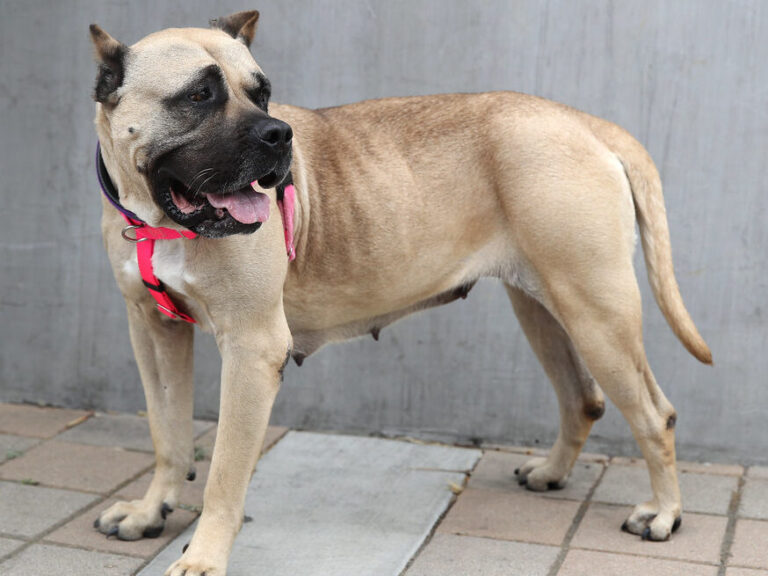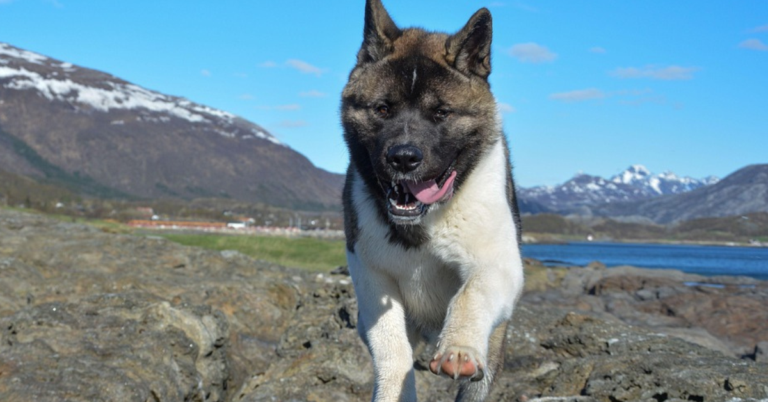Can Dogs Adapt To Radiation? The Curious Case Of Chernobyl’s Strays
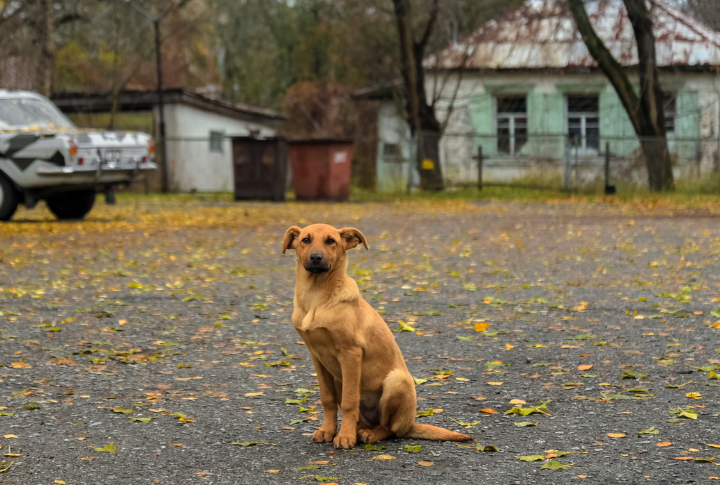
In 1986, a reactor explosion at the Chernobyl Nuclear Power Plant in Ukraine triggered one of history’s worst nuclear disasters. The sudden evacuation of thousands left a ghost town frozen in time, its ruins still pulsing with radiation. But what happens when life refuses to leave? Scientists are now studying an unlikely survivor—the stray dogs of Chernobyl.
Chernobyl’s Canine Residents
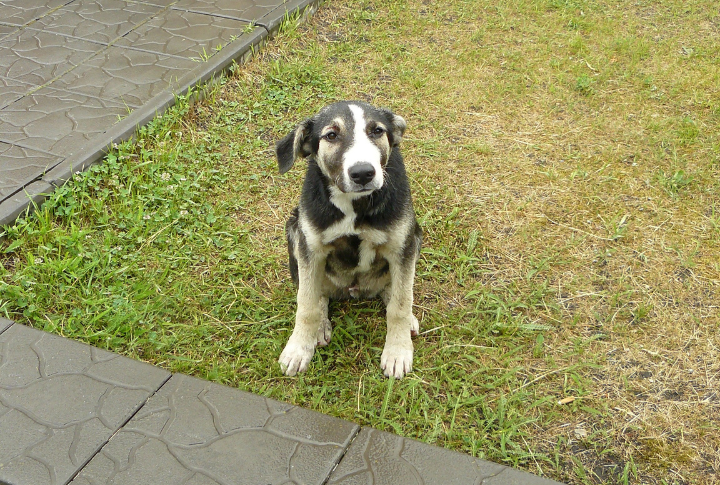
When Chernobyl’s residents fled after the nuclear explosion, many were forced to leave their pets behind. Soldiers tasked with controlling contamination attempted to eliminate stray animals, but some dogs survived. Over generations, their descendants have adapted to life in the exclusion zone. They form distinct packs and move through an environment reshaped by radiation.
Radiation Exposure

Unlike humans who fled, Chernobyl’s dogs remained, exposing generations to radiation. Scientists have observed DNA damage in these dogs, but research on altered immune responses and reduced fertility is limited. While genetic differences exist, studies suggest they may not be directly caused by radiation-induced mutations, requiring further investigation.
Genetic Distinctions
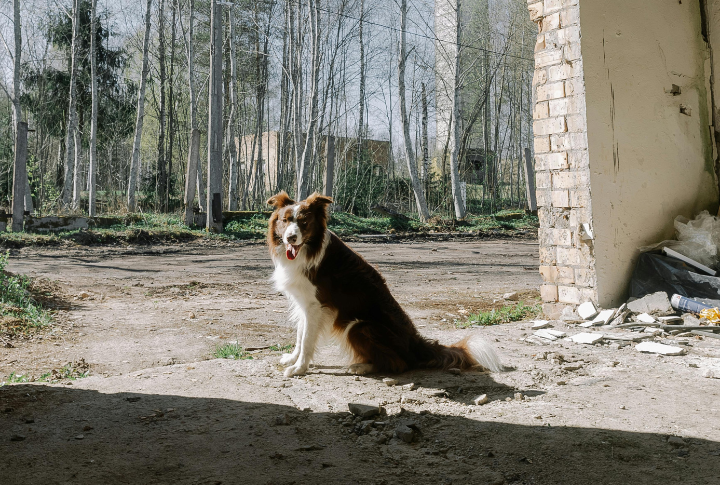
Studies have also revealed significant genetic differences between dogs residing near the Chernobyl Nuclear Power Plant and those in Chernobyl City, located 16 kilometers away. These distinctions suggest limited interbreeding and potential adaptations to their specific environments.
Investigating Mutations

Research indicates that Chernobyl’s dogs exhibit genetic variations that are not commonly found in other canine populations. While some mutations may result from radiation exposure, further studies are needed to determine their impact on the dogs’ health and survival.
Natural Selection In The Exclusion Zone
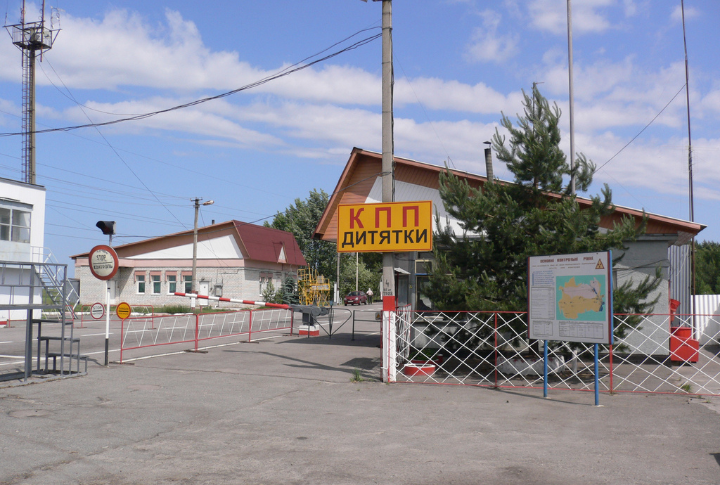
No evidence confirms that Chernobyl’s dogs developed adaptations to radiation. However, they have shown behavioral changes that aid survival, such as staying near humans for food and shelter. These behaviors are not necessarily linked to radiation exposure or genetic resilience but reflect adaptation to their altered environment.
Human Interaction
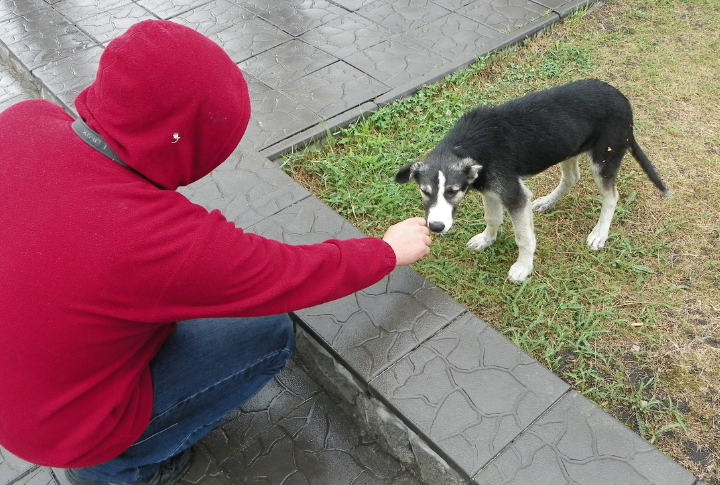
Despite the absence of permanent human residents, workers and tourists interact with Chornobyl’s dogs, and provide them with food and care. This human interaction shapes the dogs’ behavior, which makes them more sociable and reliant on people, potentially altering their natural survival instincts.
Multi-Generational Exposure
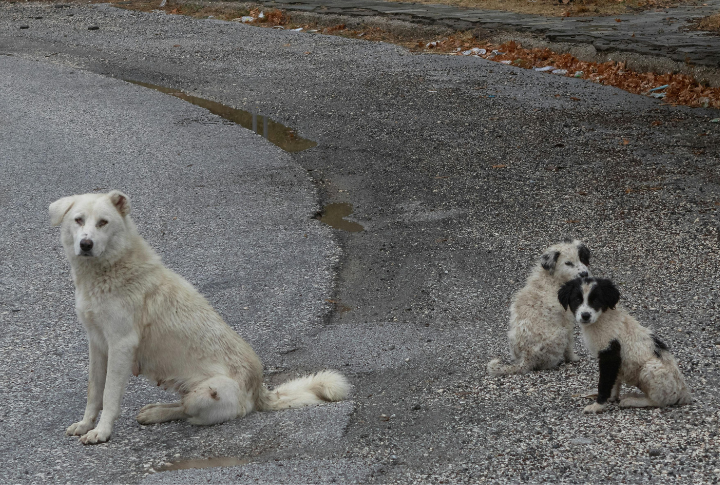
The dogs of Chornobyl have been exposed to radiation for multiple generations, offering a unique opportunity to study the effects on DNA repair and immune function genes. Understanding these genetic adaptations could provide insights into resilience against environmental stressors.
Radiation’s Role
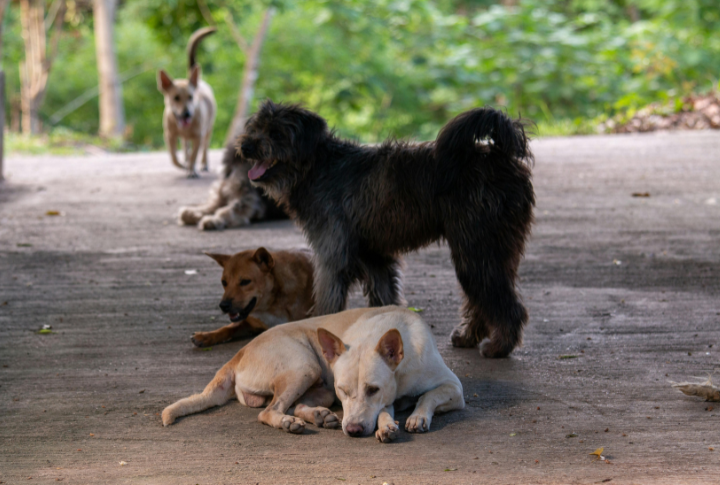
Researchers are examining how chronic radiation exposure has influenced the genetic diversity of Chernobyl’s dogs. Preliminary findings suggest that while some genetic adaptations may have occurred, radiation-induced mutations are not the primary drivers of genetic differences between dog populations in the area.
Implications For Other Species

Scientists have identified genetic differences between Chernobyl’s dogs near the reactor and those farther away. While researchers study possible radiation-linked mutations, they have not proven radiation as the sole cause. Inbreeding and environmental isolation may also influence these genetic variations.
Survival Of The Chernobyl’s Dogs

Chernobyl’s exclusion zone has become an unintended refuge for wildlife, including dogs. With fewer human disturbances, predator-prey dynamics have shifted, and some species have thrived. The dogs, however, rely on human visitors for survival, a highlight of how human presence shapes animal behavior even in nuclear-affected environments.
